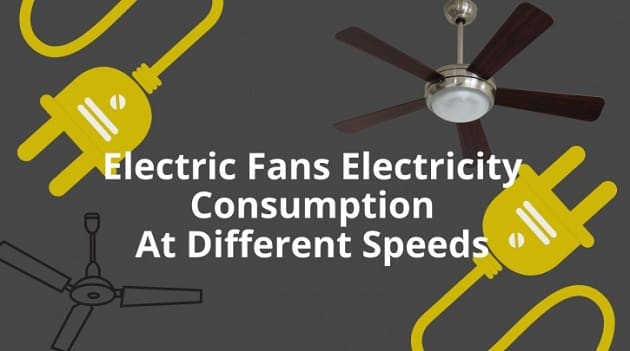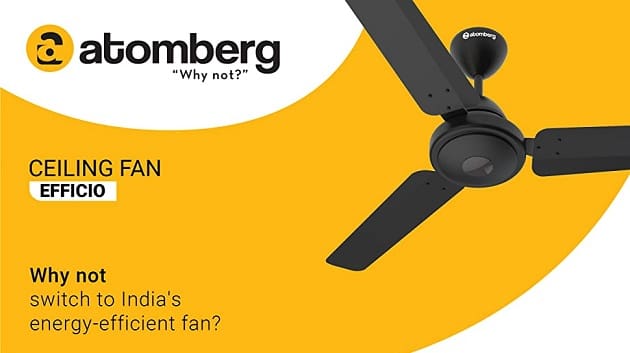Ceiling fans remain one of the most extensively used home appliances in India. And if you factor in the summer months then ceiling fans are the most in-demand thing you’d find in a home. They are prime to the cooling required for a home and are essentially the major cooling device used in a home. But using a ceiling fan comes with a cost, something that we don’t give much attention to. Everyone of us want to know that how many watts is a ceiling fan consume. Ceiling fans run on electricity and causes the electricity bills to shoot up.
So how do you go about it? It’s quite easy. All you need to do is understand the electricity consumption of the ceiling fan or specifically stating, understand the power consumption of the ceiling fans. And this is what this post is about. Let’s find out.
Ceiling Fan Power Consumption
Since ceiling fans run on electricity they are bound to shoot up your electricity consumption. But how much electricity do they consume is the burgeoning question. On a general note, the electricity consumption by a ceiling fan or any other home appliance is measured in terms of watts.
Wattage or watts is a unit of power or energy that the electrical appliance or device consumes. Watts acts as a marker for the consumption of electricity by the machine or fans and allows users to know beforehand the electricity consumption of the fan. Knowing and understanding the watts consumption and the final electrical units used by the fans can help you calculate the electricity bill properly. This will also help you to know whether the fan would be a good option or not.
Understanding the power consumption of an electric fan
Generally, most of the ceiling fan manufacturers post or mention the power consumption in terms of watts with the product. They mention it on the packaging or the manual guide. However, quite a few companies tend to mention the amps value than the watts. Though that won’t be an issue if you can understand the amp values.
For say, when you open a packaged box of ceiling fans you will see specifications regarding the features, speed, RPMs, and more on the box. Along with that, you will also see the amp count or the watts counts. If there’s only the amp count then you’ll need to convert the amp count into the watts count. For that follow the below-mentioned steps. But before that understand that the amp count will only range from 0.5 to 1.0 for most of the ceiling fans.
Step 1: Converting the amp to watts
-
- If you have an amp count with yourself on the box packaging then simply multiply it by 120. Doing so will; give you the watt value for the fan. For say, if it’s a 0.7 amp powered fan, the watts value will be (0.5*120= 60 watts)
Step 2: Calculating daily units
-
- The second step is to calculate the daily units consumption. If you already have the watts data then you can start with this step right away. Here’s how to do it. Your daily units will be a value of [Total watts* Total hours of usage]/1000.
Step 3: Calculating monthly units
-
- The third and last step is to calculate the monthly consumption. For this, all you need to do is to multiply the daily usage by the no of days in the month. This will give you the monthly consumption units.That way you can analyze the total consumption per month and base your spending or usage accordingly.
Why understanding ceiling fan power consumption is important?
The electricity bills vary from one state to another in India. Some states have incentives and subsidized rates for electricity up to certain levels of consumption while others don’t have. This is why understanding the basics of power consumption is necessary. Last year a news came in times of India news portal that super fans can cut the cost of annual bill of an Indian family by Rs.4000. As a rational consumer, it is advised that you should know the electricity bill your fan will produce. This also helps you to choose the right fan according to your budget and needs and can save you from splurging on high-end fans that tend to increase the electricity bills multifold.

Santosh Kumar is an editor at unfoldstuffs.com and a professional content writer. With years of experience he is passionate for creating engaging, informative and impactful topics.










